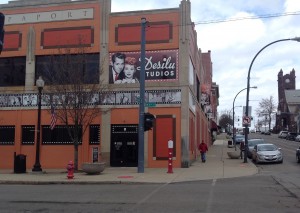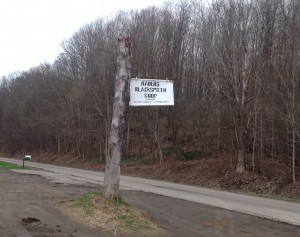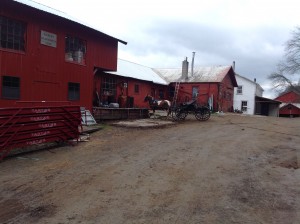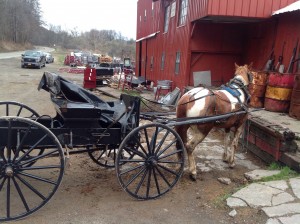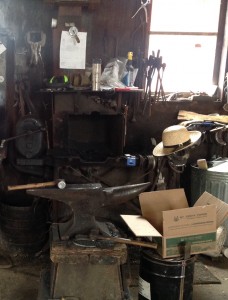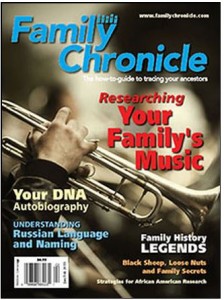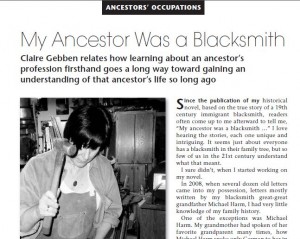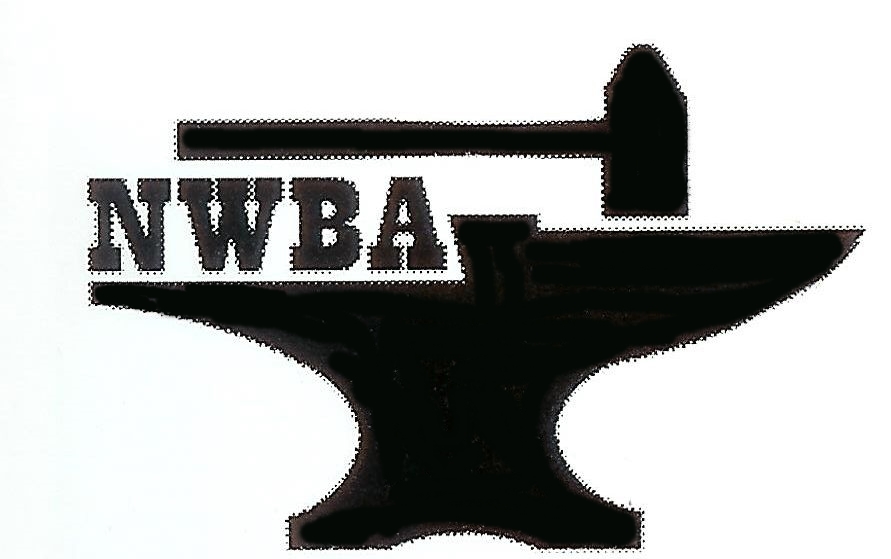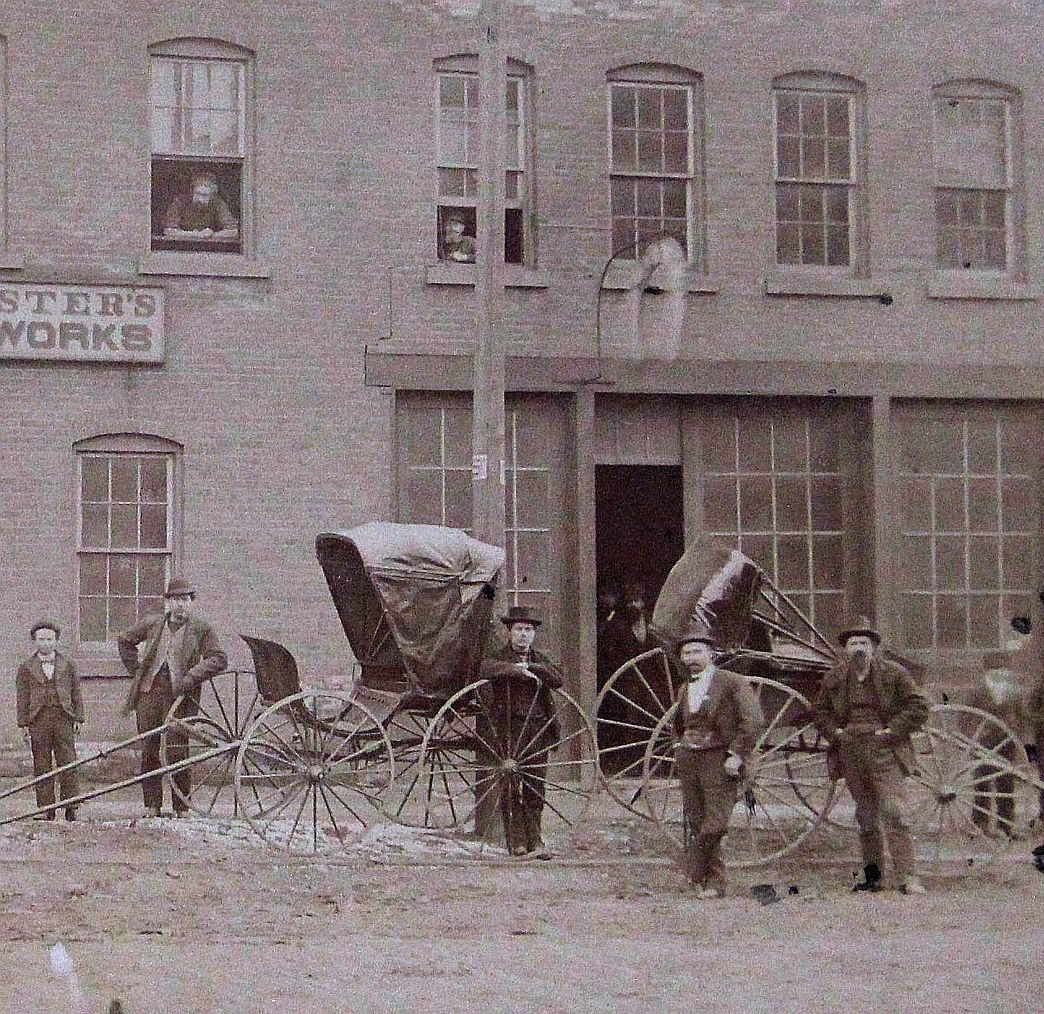I’m on Whidbey Island again for a writers residency. For MFA students (the program from which I’m a 2011 graduate), it’s a nine-day, intensive writing start to the 16 week spring semester. For non-MFA students like myself, it’s an opportunity to advance our skills, and connect with other writers in a vibrant community.
Case in point, I stood in the dinner line last night with poet Gary Lilley, the new poetry faculty at the Northwest Institute of Literary Arts MFA program.
Somehow the conversation got around to blacksmithing (as it inevitably seems to, based on the subject of my historical novel The Last of the Blacksmiths). I mentioned how, while I was writing the novel, I came across an article about how blacksmiths are still hired by the City of New York maintenance department — one of their jobs being to forge basketball hoops for city parks.
This morning I googled New York City blacksmiths to verify what I remembered, and located the article. It appeared in 2010 in The New York Times here. What I’d missed in the ensuing years is that one of the four NYC positions for blacksmiths became vacant in 2014, a job that pays an annual salary of just over $100K. The write-up about the opening appears in the Brooklyn Magazine here. (Sorry I didn’t know back then, or I would have spread the word.)
As we talked, I learned that Gary has personal experience with these NYC custom-made hoops. An expression crossed his face I’ve seen often at writing conferences and retreats — the expression of a writer inspired. He confessed a poem had started to come to him. I completely understood.
It’s what makes these gatherings of writers so vital, where words and rhythms clang and vibrate like ghetto rims, called into being from the mysterious workings of language and the mind.

